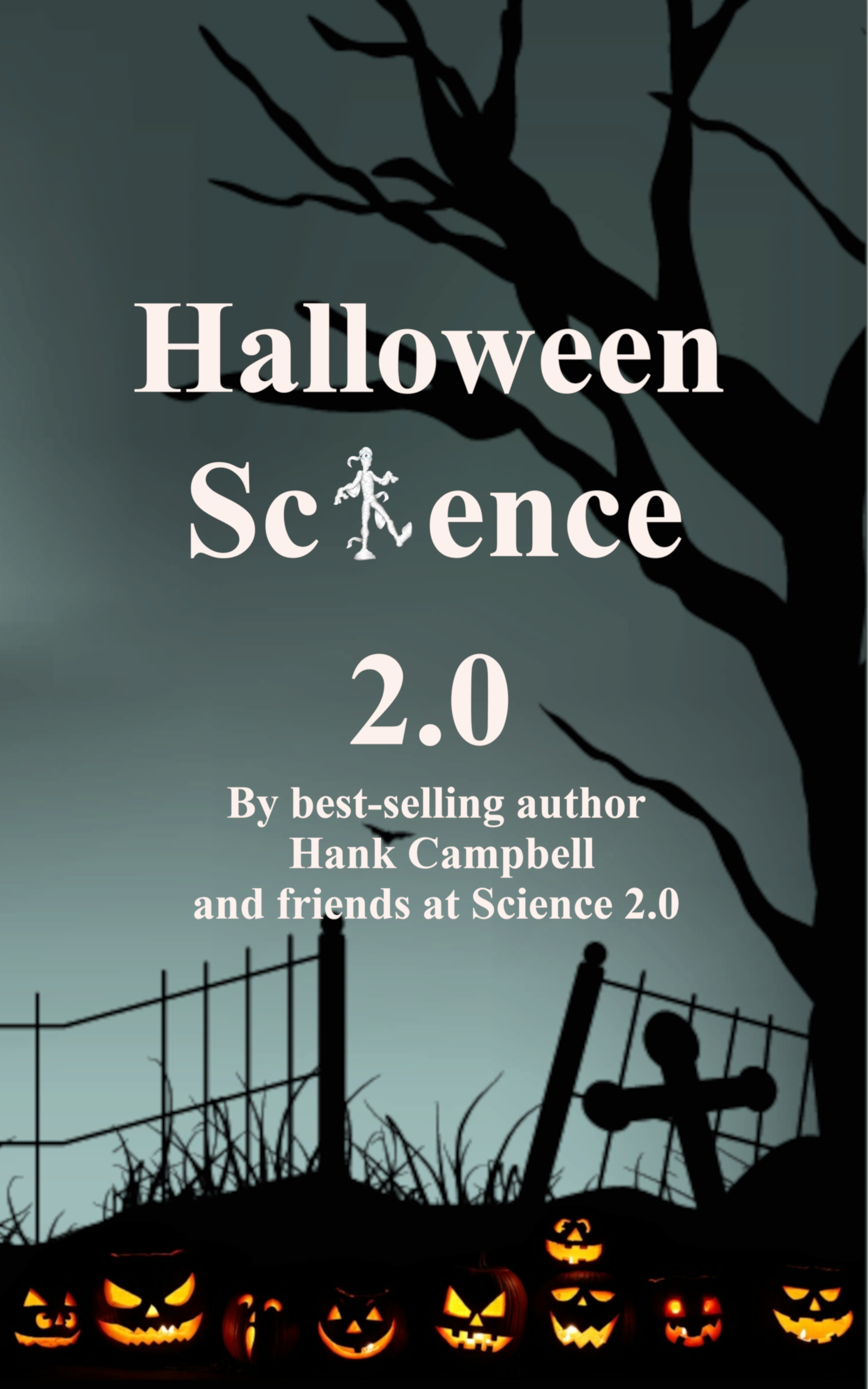
Using observational techniques first developed by the Greek astronomer, Hipparchus (learn more about astronomer's magnitude scale), participants are asked to view a particular constellation--depending on your location--and estimate how many stars you can see. Based on your observations, you then make a decision, with great guidance from the activity guide, on the "Limiting Magnitude" of your night sky, which measures the faintest stars you can see.
A step-by-step activity guide is available (in eight different languages) to help make the experience easy and fun for anyone to do. Not only will this data from citizen scientists provide astronomers with important information about light pollution and other visibility issues (view the results from 2008), but it is a great opportunity for families to pique the interest of children (and interested adults!) into an appreciation for the amazing universe in which we live.
So, with just a few fun minutes of thinking about what we are about to see... and a little playing on the computer with the constellation finding tutorial (view)... we bundled up in our jacket and headed outside to spend a little quality time just looking up.
After the viewing, we came back inside, reviewed again the activity guide's illustrations on what our night sky looked like, and together we agreed on a decision of our observed limiting magnitude. Finally, we went back to the reporting website, entered in our Latitude and Longitude and recorded our observation. Our data immediately appeared on the featured map, and it was cool to see our point with the hundreds of others from around the world.
There are only a few days left, so go outside and count the stars in your night sky tonight with the Great World Wide Star Count!
The Great World Wide Star Count :: [ PARTICIPATE NOW ]





Comments